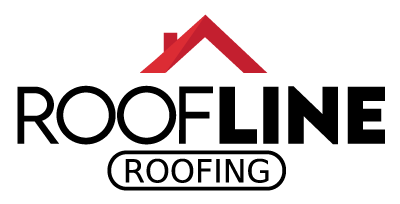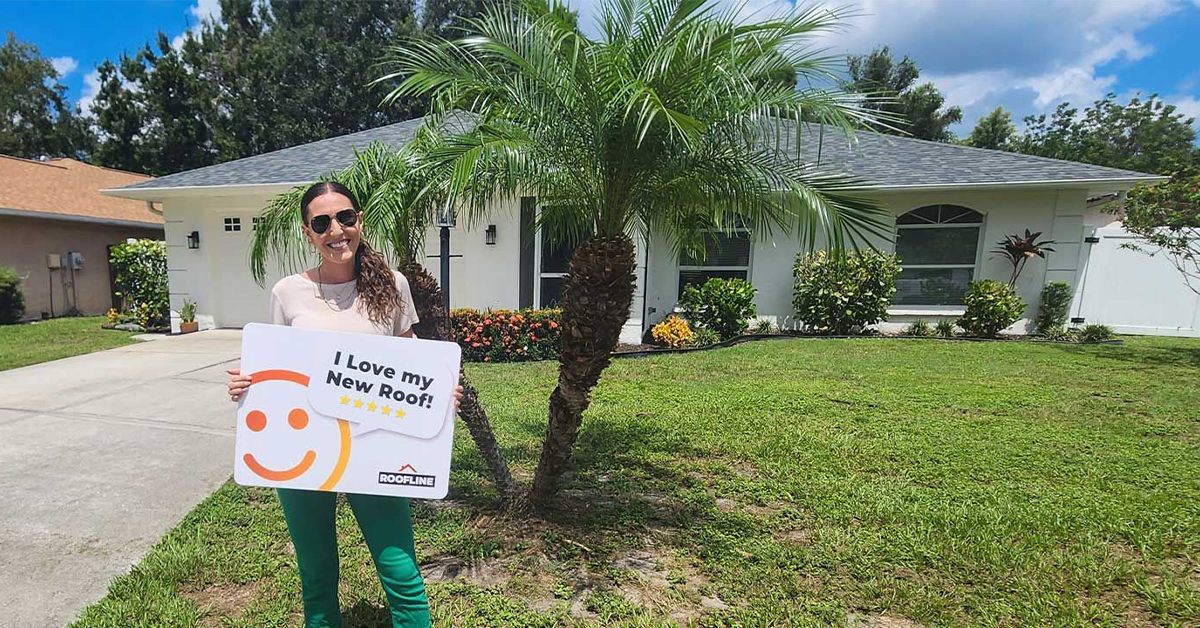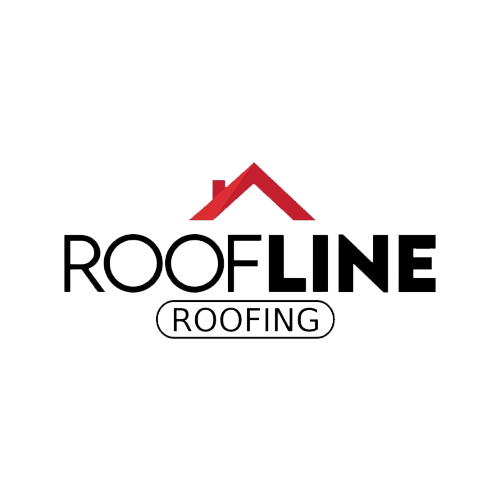
Maintaining your property’s roof is not merely about aesthetics or a sense of security; it’s a strategic effort that protects your investment. Roof inspections, whether for residential homes nestled in South Florida’s beautiful Sarasota and Manatee Counties or sprawling commercial properties, form the backbone of effective roof maintenance. These inspections identify potential problems before they evolve into costly repairs, preserving both the integrity of your roof and your financial peace of mind.
For homeowners and property managers, understanding the nuances of an effective roof inspection schedule is pivotal. Sarasota’s unique climate, with its intense sunshine and seasonal hurricanes, presents distinct challenges to roof longevity. By adapting maintenance routines to local weather patterns and choosing wisely between DIY efforts and professional expertise, you optimize the lifespan of your roofing system. In the content that follows, explore practical tips, frequency guidelines, and critical inspection areas to ensure your roof stands resilient against time and elements alike.
Setting a Schedule: General Guidelines for Inspection Frequency
Regular roof inspections are crucial for maintaining the integrity and longevity of your building, be it a cozy home or a busy commercial property. A well-planned inspection schedule can help you catch minor issues before they become costly repairs. If you’re in Sarasota or the surrounding areas, understanding the appropriate frequency for roof inspections not only preserves your investment but also secures your peace of mind.
Why Roof Inspections Matter
Roof inspections are essential because they detect problems that are not visible from the ground. Issues like leaks, missing shingles, or structural damage can be identified early, reducing repair costs and extending the roof’s lifespan. According to the National Roofing Contractors Association, regular inspections are a key component of preventive maintenance, especially in regions like Sarasota, which experience unique climate challenges, including hurricanes.
Residential Roof Inspection Schedule
For residential properties in Sarasota, a semi-annual inspection is a wise choice. Conducting inspections in spring and fall allows you to prepare for the conditions ahead. Spring inspections help identify damage from winter storms or heavy rainfall, whereas fall inspections prepare your roof for the upcoming hurricane season. After severe weather events, an additional inspection can help assess any damage.
Consider the roof’s age and type when determining inspection frequency. Asphalt shingles, for example, may require more frequent checks than metal roofing, primarily due to their vulnerability to weathering. By staying proactive and aligning your inspection schedule with Sarasota’s seasonal shifts, you ensure a thorough assessment of the roof’s condition.
Commercial Roof Inspection Schedule
Commercial properties often demand more frequent inspections due to the complexity and size of their roofing systems. Scheduling a quarterly inspection—every three months—is generally recommended to prevent minor issues from escalating. Commercial roofs typically have HVAC units and other equipment that can contribute to wear and tear. Routine checks ensure these elements remain in good working order and that the roof’s integrity is not compromised.
According to a study by the International Facility Management Association, one of the main reasons businesses undergo costly repairs is a lack of regular inspections leading to undetected issues. Frequent checks not only protect the building but also prevent downtime due to unexpected repairs.
Creating Your Inspection Plan
When establishing a roof inspection schedule in Sarasota, consider factors like climate conditions, roofing materials, and building usage. For instance, a commercial property with high foot traffic on its roof may require more frequent inspections than one with limited access. Additionally, keeping a record of past inspections can help identify patterns or recurring problems, guiding future maintenance.
Hiring a Professional Inspector
While property owners can spot obvious issues, trained professionals bring expertise and a comprehensive understanding of roofing systems. A certified inspector evaluates areas beyond superficial damage, like underlying structural components. According to a report from the Roof Consultants Institute, professional inspections typically save property owners 20-25% on repair costs by addressing issues promptly.
Stay Alert for Warning Signs
Even with a set schedule, remain vigilant for warning signs that may prompt additional inspections. Look out for curling or missing shingles, sagging roof areas, or water stains on ceilings. Immediate attention to these indicators can minimize further damage and contribute to a sound maintenance routine.
Documenting Inspection Findings
An organized log of inspection findings offers valuable insights and guides maintenance efforts. Documenting dates, conditions, and repairs can aid in forecasting potential issues and budgeting for future expenses. Researchers from the Building Research Establishment emphasize that thorough record-keeping plays a critical role in effective asset management, optimizing repair costs, and planning long-term investments.
Adapting to Local Weather Patterns
Sarasota’s tropical climate necessitates a flexible inspection schedule that adapts to local weather events. With an average of 56 inches of rain annually and the potential for hurricane-force winds, roof inspections tailored to these conditions ensure resilient protection. Property owners who adapt their maintenance routines to climate conditions often experience fewer emergencies and enjoy extended roof lifespans.
By understanding and implementing a strategic inspection schedule, you safeguard the health of your roof and reduce the risk of unexpected financial burdens. Regular assessments not only preserve the structural integrity of your property but also deliver significant savings over time.
What to Inspect: Critical Aspects of Your Rooftop’s Health
When it comes to maintaining your roof’s health, knowing what to inspect is just as crucial as the frequency of inspections. Whether you are overseeing a residential or commercial property, identifying critical areas during a roof health inspection in Anna Maria can prevent costly repairs down the line. Here’s a breakdown of what to keep an eye on during your next inspection.
Roofing Materials and Surfaces
The first step in any inspection is to evaluate the roofing materials themselves. For shingle roofs, check for missing, cracked, or curling shingles. This can indicate aging materials or damage from wind and rain. If you have a metal roof, look for rust spots or loose screws. Recent studies in the Journal of Building Performance show that unattended minor rust can accelerate material deterioration significantly.
Roof Flashing and Seals
Flashing is critical in protecting your roof from water penetration. Pay special attention to the condition of the flashing around chimneys, vents, skylights, and valleys. Even small gaps or lifting can allow water to seep beneath your roof, leading to structural damage. The Roof Coatings Manufacturers Association notes that effective flashing maintenance can extend a roof’s life by more than 50%.
Gutters and Downspouts
Clogged gutters can lead to water pooling on your roof, increasing the risk of leaks. Inspect gutters and downspouts for leaves and debris and check for rust or damage that might impede water flow. A study from the Center for Environmental Research established that well-maintained gutters can reduce water damage-related repairs by up to 15%.
Roof Supports and Structure
Inspect the condition of the roof supports and decking. Sagging or uneven surfaces may indicate underlying structural issues. Look for signs of water damage, rot, or mold on the framework. These issues not only compromise roof integrity but also pose safety risks. The American Society of Home Inspectors highlights that early identification can prevent more significant structural repairs.
Ventilation Systems
Proper roof ventilation prevents moisture build-up and prolongs the life of roof materials. Check that soffit and ridge vents are unobstructed and functioning. Inadequate ventilation can cause heat and moisture to accumulate in the attic, bolstering mold growth and reducing energy efficiency. The Building Science Corporation reports that improved ventilation systems can cut annual energy bills by 10-15%.
Roof Penetrations and Accessories
Items protruding from the roof, such as antennas, chimneys, or HVAC equipment, require careful inspection. These penetrations are common leak sites if not properly sealed. Inspect any sealant (like caulking) around these items and replace it if cracked or worn. Experts from the Roof Consultants Institute state that addressing issues with roof components can cut potential water damage costs by nearly 20%.
Insulation Condition
While not always visible from the roof, insufficient insulation can adversely affect roof performance. An excellent roof health inspection in Anna Maria includes checking the insulation from the attic to ensure it’s dry and effectively covering all areas. The U.S. Department of Energy suggests that increasing insulation levels can boost overall home energy efficiency by up to 15%.
Debris and Foreign Objects
Finally, check the roof for any debris or foreign objects like branches or leaves. These not only damage roofing materials due to rubbing or trapping moisture but also serve as a potential hazard during high winds. Regular clean-up ensures that these factors do not undermine your roof’s health or performance.
By understanding these critical aspects during a roof inspection, you enhance the durability and reliability of your roofing system. Each element plays a role in the roof’s overall health and addressing them during inspections will undoubtedly prolong its lifespan. Consulting with professionals if you encounter any issues during your inspection provides peace of mind and ensures proper rectification.
DIY or Professional: Making the Right Choice for Your Inspection
Deciding between a DIY roof inspection and hiring a professional is a critical choice that can impact the lifespan and safety of your roof. Each approach has its strengths and limitations, and understanding these can help you make a well-informed decision tailored to your property’s needs in Bradenton.
Conducting a DIY Roof Inspection
For many homeowners, a DIY roof inspection is an appealing option. It offers the chance to learn more about your property, control when and how the inspection occurs, and avoid initial professional fees. With the right precautions and tools, you can conduct a basic inspection that identifies visible issues such as missing shingles, clogged gutters, or obvious water damage.
Safety should be your foremost consideration. Always use a stable ladder and standard safety gear to prevent accidents. Binoculars can be a practical tool for inspecting hard-to-reach areas from the ground if climbing onto the roof isn’t an option. Guides and checklists, readily available through roofing associations or online, can provide a structured approach to your inspection.
Despite the benefits, it’s crucial to acknowledge the limitations of a DIY approach. Untrained eyes might miss subtle or developing issues that professionals are trained to spot. For example, noticing minor shingle wear or understanding the implications of small leaks requires expertise that often goes beyond basic checklists.
The Case for Professional Inspection
Engaging a professional, such as those certified with the National Roofing Contractors Association, offers a depth of expertise that a layperson simply doesn’t possess. Professionals are skilled at spotting nuanced issues like subpar flashing or underlying structural damage—problems that could lead to significant repair costs if left unnoticed.
A professional inspection provides a thorough evaluation of all aspects of the roof, including areas not easily visible or accessible. Inspectors use advanced techniques and tools such as infrared scanning to detect hidden moisture or insulation deficiencies. While this service comes with a cost, it often results in savings by preventing minor issues from escalating into major repairs.
Moreover, many roofing warranties require periodic professional inspections to remain valid. Regular professional assessments ensure compliance with warranty terms and provide detailed documentation for future reference. This can prove invaluable should you encounter a warranty issue or decide to sell your property.
Making the Right Choice
The decision between DIY and professional inspections should reflect the specific needs and circumstances of your property. For newer roofs or when performing frequent visual checks, a DIY approach can suffice, particularly if budget constraints are a concern. However, older roofs, complex systems, or signs of wear and damage typically warrant the expertise and assurance that professionals provide.
Ultimately, a combination of both methods often serves property owners best. Performing regular DIY checks can keep you informed of your roof’s condition, while periodic professional inspections ensure comprehensive oversight. By weighing the benefits and limitations of each method, you can cultivate an inspection routine that safeguards your investment and supports the long-term durability of your roof.
You might be asking
How frequently should homeowners schedule a roof inspection?
Homeowners should schedule a roof inspection at least once a year. After severe weather events, an additional inspection is advisable to assess potential damage.
What are the benefits of regular professional roof inspections?
Regular professional roof inspections can identify minor issues before they become major problems. This proactive approach extends the roof’s lifespan and helps maintain energy efficiency by ensuring insulation and ventilation systems function correctly.
Can skipping inspections lead to more costly repairs down the line?
Yes, skipping inspections can lead to undetected issues that worsen over time, resulting in expensive repairs or even the need for a complete roof replacement. Regular inspections help you catch problems early, saving time and money.
Next Steps
A roof is more than just a covering; it protects your investment, be it a family home or a bustling commercial property. By staying informed and proactive about inspections, you not only extend the lifespan of your roof but also prevent unexpected repair costs. Understanding the unique needs of your roof’s material, age, and local weather patterns can guide you toward an inspection schedule that addresses potential vulnerabilities.
There’s no one-size-fits-all solution, so consider what works best for your property. Whether you lean toward DIY checks or professional assessments, taking the right steps now can ensure a safe, durable roofing system for years to come. If you’re in Manatee or Sarasota Counties and seek expert guidance tailored to your property’s needs, reach out to Roofline Roofing for a free consultation. Our professionals are here to help you achieve your roofing goals with confidence.
Contact Us
Use the form below to contact us or to schedule a free consultation.
I would highly recommend Roofline Roofing for any roofing needs. As a fellow business owner, their professionalism and efficiency stood out. They provided quality service, completed the job on time, and their pricing was fair. Very satisfied with their work!
-- Logan L.




